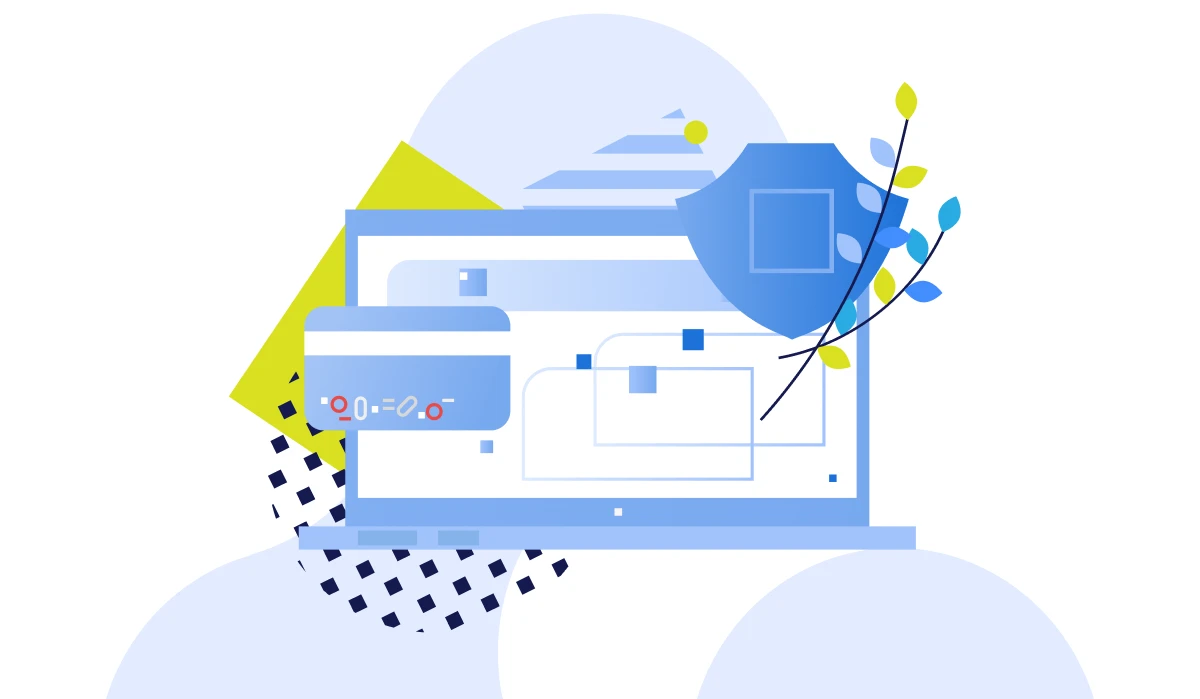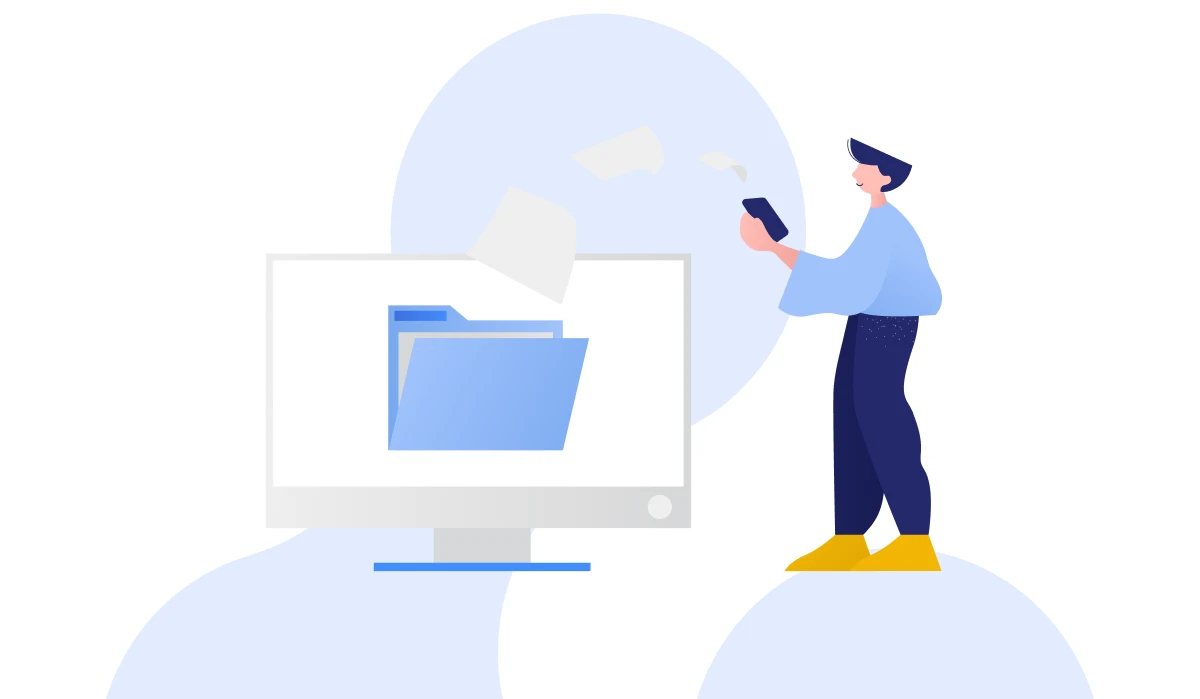
Managing member information online is a challenging job for all member organizations, especially when it comes to ensuring data security.
With increasing cyber threats and data breaches, it is essential to take proactive steps to manage member information and protect sensitive data from falling into the wrong hands.
In this article, we will go over ten key steps that will help you manage member information while ensuring data security.
1. Use Secure Online Platforms
The first step in managing member information is to implement secure online platforms.
Many organizations still rely on spreadsheets which have higher security risks. They are shared via email, cloud, or USB, thus making the data more susceptible to compromise or unauthorized sharing of sensitive or confidential information.
Thus, the first step you need to take is to replace your spreadsheets with online platforms. The most useful software for member organizations includes membership management software, CRM software, and online databases.
Read more: Member Management + Community Engagement: Can One Software Do It All?
However, make sure you take into account all the security features before buying them. For instance, look for platforms that offer end-to-end encryption, two-factor authentication, and access controls. Also, ensure they comply with the data protection laws so you dont encounter problems in the future.
2. Reduce the Number of Software You Use
More software = more chances of data breaches
Many organizations implement different software, each for performing a specific function. This way, they have to feed their members’ information in several different places which makes their data more susceptible to intrusions.
The best approach here is to use one software that has all the features you are looking for. For example, Glue Up is an all-in-one platform that helps membership organizations manage all their membership workflows in one place.
From managing registrations and collecting payments to facilitating successful events, the software has all the features to effectively manage your memberships effectively. Additionally, it has a centralized CRM so you dont have to feed your data into multiple programs.
If you are interested in learning more about this software, get a demo here.
Discover how OBN-UK consolidated its tech with Glue Up's all-in-one engagement management platform
3. Train Your Staff on Data Security Best Practices
Another crucial step in managing member information online is to train your staff on best practices of data security. Your employees must be aware of the risks associated with online data management and understand how to handle sensitive data.
Before you begin training your staff, it's important to develop a comprehensive data security policy that outlines your organization's data security practices. This policy should include guidelines for
password management, use of company-owned devices, access control, and incident reporting.
Once you have a data security policy in place, conduct regular training sessions to educate your staff on best practices for data security. These training sessions can be in the form of online courses, in-person workshops, or a combination of both.
4. Implement Access Controls
Implementing access control is very important to ensure the security of your members’ information digitally.
The access control system only allows authorized personnel to gain access to your sensitive data. Once you implement it, you can set up user accounts, assign roles, and grant access based on the roles and responsibilities of your team.
Some platforms offer you different levels of access control for your staff and members. For example, the manager dashboard in Glue Up has information like contacts, finances, and campaigns available to your managing team. On the other hand, members have a separate interface where they can manage their profiles, business cards, and members’ community.
5. Update your Software Regularly

Another key step organizations often forget, but is crucial for digital security, is updating your software.
Software vendors release security patches regularly to address vulnerabilities and fix bugs. And failing to roll out these updates may expose your data to security threats.
Thus, make sure all your platforms, operating systems, and antivirus software are up-to-date. Also, many software programs have an option to automatically check for updates and install them. Enabling this option will ensure you receive the latest updates as soon as they are available.
In case your software does not have an automatic update feature, visit the software's website or check inside the program for new releases.
Read more: Increasing Member Loyalty through Data Security and Personalization
You can also use patch management tools that scan your system for outdated software and automatically install the newest updates.
6. Use Strong Passwords and Two-Factor Authentication
This is another important step to keep in mind for securing your data from hackers. Many organizations have dedicated team members that implement and handle these security protocols.
However, if you don’t have one, set up strong passwords for all your online systems. Create a policy that requires your staff and members to create strong passwords that include a combination of uppercase and lowercase letters, numbers, and special characters.
Also, consider using password managers that can generate strong passwords and store them securely.
7. Keep a Regular Backup of Your Data

Data backups are an essential part of any robust data management strategy because they allow you to recover critical information in situations like a cyber-attack, hardware failure, or accidental deletion. Data backups in themselves do not necessarily secure your information, but they do provide an important safety net in the event of data loss.
Make sure all data is backed up regularly and stored securely. We recommend having multiple backups of your data to mitigate the risk of complete data loss. You can store them on local devices or cloud platforms.
Another thing to keep in mind is the frequency of these backups. Depending on how often you add new information to your system, you can set it to daily, weekly, or monthly. Whatever option you choose, make sure you stick to it. Alternatively, you can set up automatic backups to save your time.
Once your backups are complete, don’t forget to test them. Try restoring some files to see if they are working properly.
8. Conduct Regular Security Audits
A regular data security audit can help identify vulnerabilities and gaps in your data management strategy.
Identify the areas of your organization that you want to include in your security audit. This may include network security, physical security, access controls, data protection, and other areas.
Next, assemble a team of experts with diverse skills and experience to conduct the audit. This may include IT professionals, security specialists, and other relevant personnel. You can also hire third-party auditors to assess your data security and make recommendations.
Based on the analysis, develop a set of recommendations for improving your organization's security posture. Prioritize the recommendations according to their potential impact and feasibility and implement the suggested corrective actions.
9. Have a Data Breach Response Plan
Despite implementing all necessary security measures, there is always a risk of a data breach. By preparing a data breach response plan, you can minimize the impact of a data breach and ensure sensitive information is protected.
For a successful data breach response plan, you will need to identify three things:
- What information is most sensitive that requires it to be protected at all costs?
- A list of the roles and responsibilities of each team member following a data breach.
- Procedures for handling a data breach.
These procedures should include steps to secure the affected systems, assess the extent of the breach, contain the damage, and notify the relevant stakeholders.
In addition, you will need to develop communication templates to notify stakeholders, such as customers, employees, and regulatory bodies. These templates would include the appropriate language and information required to comply with relevant laws and regulations.
10. Comply with Data Protection Laws
Make sure all your systems comply with relevant data protection laws, including
General Data Protection Regulation (GDPR) and California Consumer Privacy Act (CCPA).
These regulations require organizations to implement strict data protection measures, obtain consent from individuals for data collection and processing, and provide individuals with the right to access, modify, and delete their personal information.
Complying with data protection laws will not only help your organization in operating more efficiently, but will also build trust with stakeholders, and mitigate legal and financial risks.
In conclusion, managing member information online and ensuring data security requires a proactive approach. However, with the ten key steps given above, you can protect sensitive data and minimize the risk of data breaches in your organization.
Also, remember that cyber security is an ongoing process that requires regular updates and improvements. If you are interested in learning more about centralizing and keeping your members’ information secure, feel free to contact us here.
